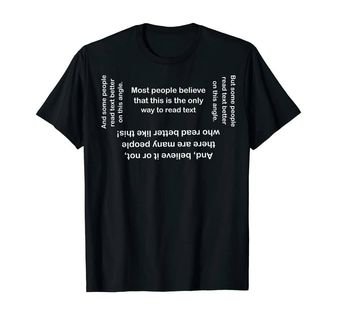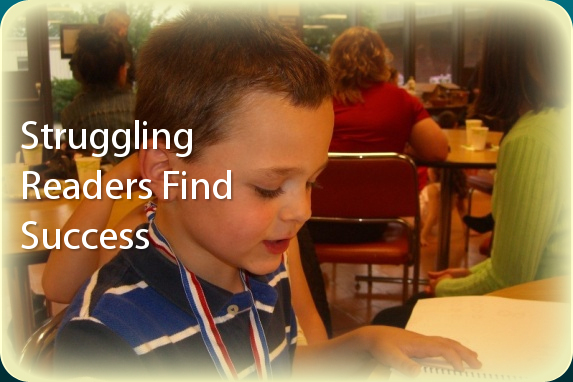|
Last updated 1/1/24 -To navigate this website please click links on the left side of page. If this is a return visit, you may want go straight to the YouTube Videos. collection
Hundreds of PI Readers Helped Since 2010
(31 with videos!! Scroll down to PI Hall of Fame in left column)
For actual testimonials and comments please view The Guestbook .
We appreciate your feedback!
Click here to have the following passage read to you...
Print Inverted Reading is the ability to make sense out of text when viewed upside-down or sideways. To some extent, all good readers can do this if they try. But, for many visual dyslexics, it's the only way they can make sense of print.
A true PI reader will find it difficult, or impossible, to read in the conventional way. He, or she can only read successfully when the print is viewed upside-down or on an angle. If you've never seen this before, then it is truly amazing to watch. Please watch this video before you go on:
Okay! Now how can this be?
To begin to explain this, we have to go back to High School Physics and Biology. The eye is much like a camera. An image comes through the lens and is projected on the retina, but this image is upside-down, or inverted. It is the brain's job to sort out and make sense of the image entering through the eye.
Here's an explanation from Bill Nye, the Science Guy:
Most doctors agree that newborn babies see everything upside down for a period of time - but no one really knows for how long.
At what point does the baby's brain "flip the image over"?
Suppose, for some reason, it doesn't happen and the baby simply adapts to seeing things inverted. Perhaps the baby's brain continues to view the world interchangeably - upside-down or right-side-up depending on what s/he is viewing. Could this be the "gift" that gave Leonardo daVinci, Einstein and Thomas Edison their incredible intellectual abilities?
What happens if a child continues to view the world in this unique way and it goes unrecognized? What happens when the child enters kindergarten or first grade and his teachers attempt, with all good intentions, to force him to read in the "normal" way?
Without recognition and encouragement by the parent and the teacher the child may never figure out what his or her brain is doing differently, and s/he will eventually be labeled learning disabled or possibly even dyslexic.
Watch the video below to hear what R.J. and his parents had to go through for the 1st five years of his school career:
An easy way to determine if a child is a PI reader is to simply present him or her with a random list of upper and lower case letters to name. (See Simple PI Test). You should time the child and record how many correct responses are given. Then re-administer the test upside down and compare the results. If the child does significantly better naming the letters upside down, then chances are s/he is a PI reader. Here is Isaiah taking his test:
The video in the link below is of a very bright and eager child who could not name the letters of the alphabet upon entering first grade. I simply turned the test book upside down and the difference is obvious. Click the link below to see the first video.
Not only do PI kids read upside down, but many actually write upside-down, too. Without PI this young man was unable to read or write on even Kindergarten level - very frustrating for him, his parents and his teachers. With PI, a new young man performing at the top of his class. This video was taken soon after he was not only allowed - but encouraged - to do all of his reading and writing upside-down.
And, like most of the PI readers I've worked with, he began to "turn-it-over" after a month or so and could soon read almost as well conventionally as upside-down.

If you have a child (or know an adult) who is having difficulty reading, suggest that s/he give this a try. Recent studies have shown that up to 1 in 4 dyslexics do NOT have a phonological processing problem. It's a Visual Processing problem that can often be overcome simply by flipping the book.
© S.Round 2010














